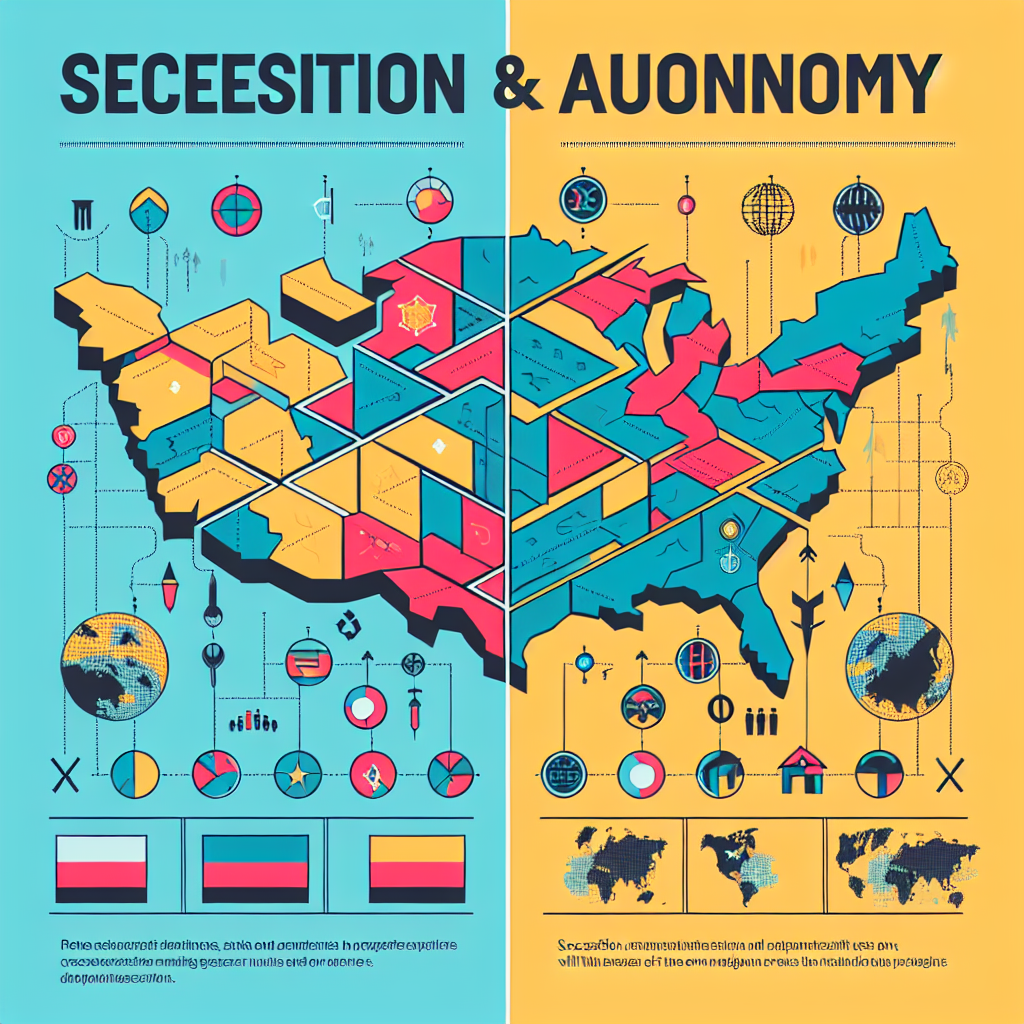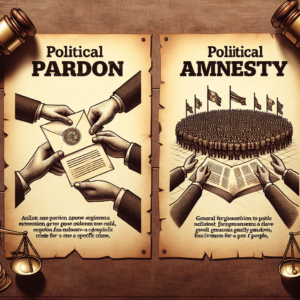In political science, two terms commonly used to describe different approaches to territorial governance are ‘secession’ and ‘autonomy’. Although they share some similarity in that they both involve a shift in the power dynamics within a country, they are distinct in their nature and likely outcomes. Understanding the difference between these two terms can be crucial for political analysts, policy makers, and citizens alike. This article aims to explain these concepts and highlight the key differences between secession and autonomy.
Understanding the Concepts: Secession and Autonomy
Secession refers to the formal withdrawal of a region or group from a larger political entity, usually a nation or a state. This typically entails establishing a new, separate political entity, complete with its own government and constitution. The motives for secession vary widely, ranging from cultural or linguistic differences, to economic or political grievances. Secession can result in significant changes in the national and international order, often leading to conflicts or war. Some notable examples of secession include the American Civil War, where the Southern states attempted to secede from the Union, or the recent attempts of Catalonia to secede from Spain.
On the other hand, autonomy refers to a region or group’s right to self-govern, while still remaining part of a larger political entity. Autonomy can take many forms, from enhanced local governance to federal arrangements, but the underlying principle is that a certain degree of power is devolved to the local level. Autonomy is often granted to regions with unique cultural, linguistic, or ethnic identities as a way to protect these identities and maintain peace within a diverse state. Examples of autonomous regions include the Basque Country and Catalonia in Spain, and Scotland in the United Kingdom.
Key Differences Between Secession and Autonomy
The first key difference between secession and autonomy lies in their relationship to the larger political entity. While secession means breaking away entirely to form a new, independent state, autonomy entails gaining more power and control while still remaining part of the larger state. This results in a significant difference in the level of disruption to the existing political order. Secession can lead to a complete reshuffling of national and international alliances and may even spark violent conflict. Autonomy, however, usually involves less dramatic alterations to existing political structures.
Furthermore, the consequences for the region or group in question are also distinct. In cases of secession, the newly formed state needs to establish its own government, constitution, and possibly even a new national identity, which can be a complex and challenging process. On the other hand, autonomy often involves strengthening existing local governance structures and preserving or enhancing cultural, linguistic, or ethnic identities.
Finally, the international community’s reaction to secession and autonomy differs significantly. Secession is often met with skepticism or outright opposition, as it can destabilize the international order and potentially lead to conflict. By contrast, autonomy is usually viewed more favorably, as it can promote stability and peace within a state by allowing regions or groups to self-govern.
Summary
In conclusion, while both secession and autonomy involve shifts in power within a country, they differ significantly in their relationship to the larger political entity, their impact on the existing political order, the consequences for the region in question, and the reaction they provoke from the international community. Understanding the difference between secession and autonomy is crucial for grasping the dynamics of territorial governance and power relationships within a state. Above all, these two concepts illustrate the variety of ways in which diversity within a country can be managed and the significant impact these choices can have on both national and international stability.











